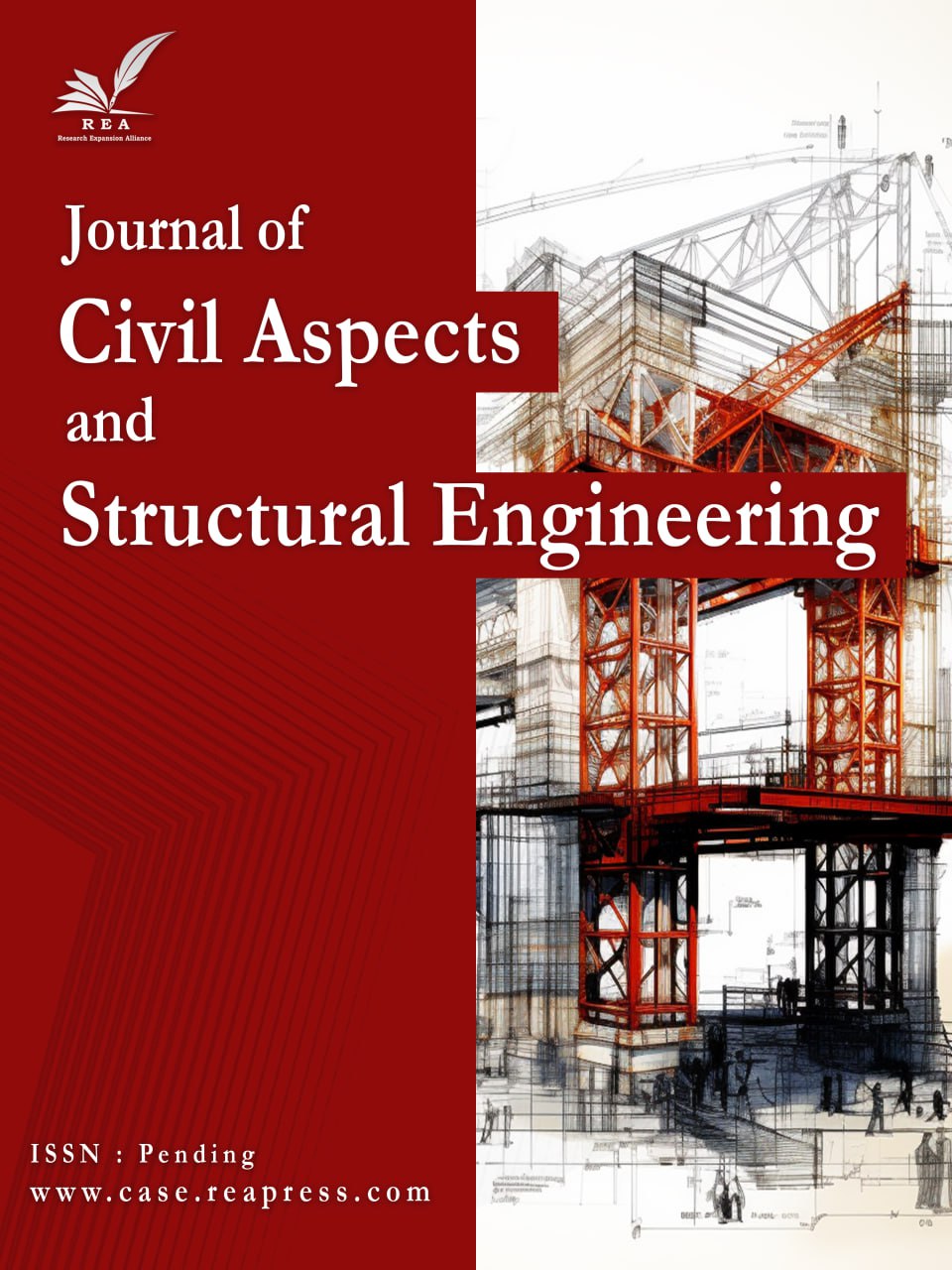Investigating the Use of Building Information Modeling (BMI) in Facilitating Construction Management and Sustainable Development in Supply Chain Management (SCM) in the Construction Industry
Abstract
This research aims to create new ways to create information about architecture, and then, according to the things presented above, it describes and examines the main and secondary indicators. The purpose of this study is to investigate the concept, advantages, limitations, and challenges of public-private collaboration of BIM and SCM. The main indicators in this research are management factors and project beneficiaries, technical and infrastructure factors, financial factors, and safety and quality factors. After identifying the small signs and symptoms, first, by placing the big signs, the ranking of the two comparisons related to the big signs is entered into the Selection Expert program. Then, their weight is determined based on the AHP algorithm. The findings of the research show that the criterion of managerial factors and project stakeholders with a weight of (0.449) is the most important in examining the use of Building Information Modeling (BIM) in facilitating construction management and sustainable development in Supply Chain Management (SCM) in the construction industry. and the criteria of technical and infrastructural factors, economic factors and security and quality factors are ranked second to fourth with weights of 0.288, 0.152, 0.138 and 0.126 respectively. On the other hand, among the five objectives investigated, the option of reducing cost and time wastage with a weight of 0.279 is the best effect of using BIM in facilitating construction management and sustainable development in SCM. The selected construction industry, as well as the goals of improving operational efficiency, quality, and productivity, are ranked second and third with a difference of 4.66% and 17.20%, respectively.
Keywords:
Supply chain management, Production models, Production, Sustainable developmentReferences
- [1] Sholeh, M. N., Nurdiana, A., & Setiabudi, B. (2020). Identification of potential uses of building information modeling (BIM) for construction supply chain management: preliminary studies. IOP conference series: earth and environmental science (Vol. 448, p. 12064). IOP Publishing. https://iopscience.iop.org/article/10.1088/1755-1315/448/1/012064/meta
- [2] Pishdad-Bozorgi, P., Gao, X., Eastman, C., & Self, A. P. (2018). Planning and developing facility management-enabled building information model (FM-enabled BIM). Automation in construction, 87, 22–38. DOI:10.1016/j.autcon.2017.12.004
- [3] Getuli, V., Ventura, S. M., Capone, P., & Ciribini, A. L. C. (2016). A BIM-based construction supply chain framework for monitoring progress and coordination of site activities. Procedia engineering, 164, 542–549. DOI:10.1016/j.proeng.2016.11.656
- [4] El Mounla, K., Beladjine, D., Beddiar, K., & Mazari, B. (2023). Lean-BIM approach for improving the performance of a construction project in the design phase. Buildings, 13(3), 654. https://www.mdpi.com/2075-5309/13/3/654
- [5] Le, P. L., Chaabane, A., & Dao, T.-M. (2022). BIM contributions to construction supply chain management trends: an exploratory study in Canada. International journal of construction management, 22(1), 66–84. https://www.tandfonline.com/doi/abs/10.1080/15623599.2019.1639124
- [6] Akhavan, P., Ravanshadnia, M., & Shahrayini, A. (2021). Blockchain technology in the construction industry: integrating bim in project management and iot in supply chain management. 2nd international conference on knowlege management, blockchain & economy (In Persian). Civilica. https://civilica.com/doc/1672245/
- [7] Achudhan, D., & Vandhana, S. (2019). Strengthening and retrofitting of RC beams using fiber reinforced polymers. Materials today: proceedings, 16, 361–366.
- [8] Ahaieva, O., Vegera, P., Karpiuk, V., & Posternak, O. (2022). Design reliability of the bearing capacity of the reinforced concrete structures on the shear. International scientific conference ecocomfort and current issues of civil engineering (pp. 1–15). Springer.
- [9] AlAjarmeh, O. S., Manalo, A. C., Benmokrane, B., Karunasena, K., Ferdous, W., & Mendis, P. (2020). Hollow concrete columns: review of structural behavior and new designs using GFRP reinforcement. Engineering structures, 203, 109829. DOI:10.1016/j.engstruct.2019.109829
- [10] Anwar, A., Ahmad, J., Khan, M. A., Ahmad, S., & Ahmad, S. A. (2014). Study of compressive strength of concrete by partial replacement of cement with marble dust powder. International journal of current engineering and technology, 4(6), 4162–4166.


